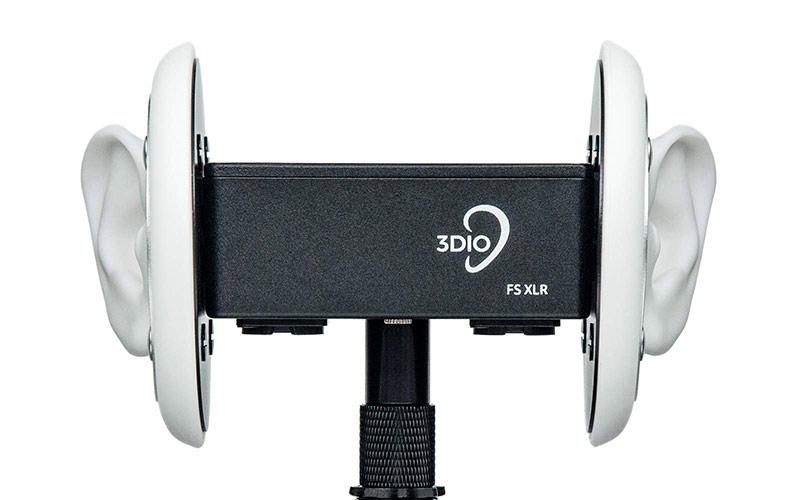
Binaural audio: Tips and tricks
by Hunter Pendleton, University of Missouri student
Distance matters
The closer the sounds are to the microphone, the better the reproduction will be in post. Recording binaurally will require you to get as close to what you’re recording as possible, so keep this in mind when picking subjects for your pieces and planning for the space you are recording in.
Placement is important
Think specifically about the placement of the microphone – directionality and size of the room will all have effects on sound quality and volume. This is an opportunity to get creative when recording. If you’re recording a band, place the musicians directly in front of the microphone, or spread them around the microphone to fully immerse the listener; if recording something smaller, like someone typing on a laptop, try placing the microphone directly over the keyboard to get clear sound.
Prepare for less than ideal circumstances
As with all audio recordings, any additional noise is going to interfere with your recording. Most ambient noises will be captured by the microphone. If using the microphone outside, use a windscreen and a stabilizer if possible; if recording indoors, make sure to unplug or turn off anything that could make distracting noises. Because of how sensitive the microphone is, any movements or miscellaneous sounds will be recorded and amplified.
Find the right equipment for your project
Binaural microphones range in size, shape and price, but almost all of them require a preamplifier to record. If you’ll be mobile, you’ll need a pre-amplifier that is small enough to move while still providing ample power, being not too large so as to limit mobility. If you’re going to be in one spot, this problem becomes easier to deal with, as you can use almost any preamplifier.

Don’t be married to using just one type of audio
Use a combination of both binaural and stereo recording to fill in “gaps” in your recordings. For example, if recording the sounds of a forest, you may get compelling binaural recordings of the wind blowing through the trees – but detailed noises, like animals and streams, may be more difficult to capture binaurally. Don’t be afraid to record in stereo with a shotgun microphone and stitch the two types of audio together in post-production.
Post-production is your friend
Using the right and left channels to pan stereo audio can make recordings richer and more compelling. Using additional software like Sennheiser’s Ambeo Orbit (which can be used to take stereo audio and manipulate it into sounding like a binaural recording) can be even more effective in creating a rich audio experience. The key to audio production, and to making a piece that captures the attention of listeners, are layers of intricately and carefully recorded audio tracks composed with care while thinking about how it will be listened to – all to provide the best experience for the audience.